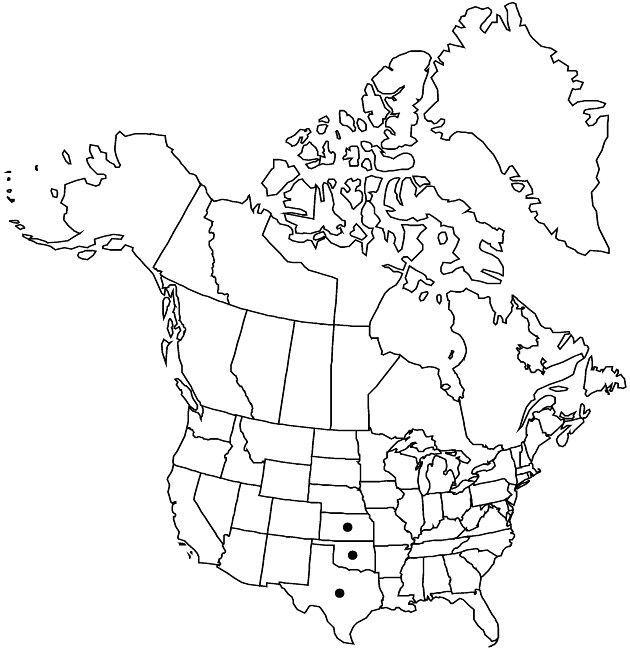Difference between revisions of "Pyrrhopappus grandiflorus"
Trans. Amer. Philos. Soc., n. s. 7: 430. 1841.
FNA>Volume Importer |
imported>Volume Importer |
||
| (2 intermediate revisions by 2 users not shown) | |||
| Line 6: | Line 6: | ||
|place=7: 430. 1841 | |place=7: 430. 1841 | ||
|year=1841 | |year=1841 | ||
| + | }} | ||
| + | |special_status={{Treatment/ID/Special_status | ||
| + | |code=E | ||
| + | |label=Endemic | ||
}} | }} | ||
|basionyms={{Treatment/ID/Basionym | |basionyms={{Treatment/ID/Basionym | ||
| Line 51: | Line 55: | ||
|publication title=Trans. Amer. Philos. Soc., n. s. | |publication title=Trans. Amer. Philos. Soc., n. s. | ||
|publication year=1841 | |publication year=1841 | ||
| − | |special status= | + | |special status=Endemic |
| − | |source xml=https:// | + | |source xml=https://bitbucket.org/aafc-mbb/fna-data-curation/src/2e0870ddd59836b60bcf96646a41e87ea5a5943a/coarse_grained_fna_xml/V19-20-21/V19_608.xml |
|tribe=Asteraceae tribe Cichorieae | |tribe=Asteraceae tribe Cichorieae | ||
|genus=Pyrrhopappus | |genus=Pyrrhopappus | ||
Latest revision as of 19:53, 5 November 2020
Perennials (possibly flowering first year), 5–30(–45+) cm (roots or rootstocks producing tuberiform swellings 1–15 cm below soil surface). Stems usually scapiform, usually branching from bases, proximally glabrous or sparsely to densely pilosulous. Cauline leaves 0(–3), proximal mostly lanceolate, margins usually pinnately lobed, distal linear-filiform, margins entire. Heads borne singly or 2–3 in loose, corymbiform arrays. Calyculi: bractlets 8 in 1(–2) series, linear to subulate, 3–8 mm. Involucres cylindric to turbinate, 17–25 mm. Phyllaries 13–22. Florets 40–60+; anthers 4.5–5 mm (pollen equatorial diameters 46–52 µm). Cypselae: bodies stramineous, 4–5 mm, beaks 6–7 mm; pappi 10–12 mm. 2n = 24.
Phenology: Flowering Apr–Jun.
Habitat: Disturbed sites, calcareous, loamy, or sandy soils
Elevation: 100–800 m
Distribution

Kans., Okla., Tex.
Discussion
Pyrrhopappus grandiflorus has been reported from Arkansas and New Mexico; I have seen no specimens of it from those states.
Selected References
None.